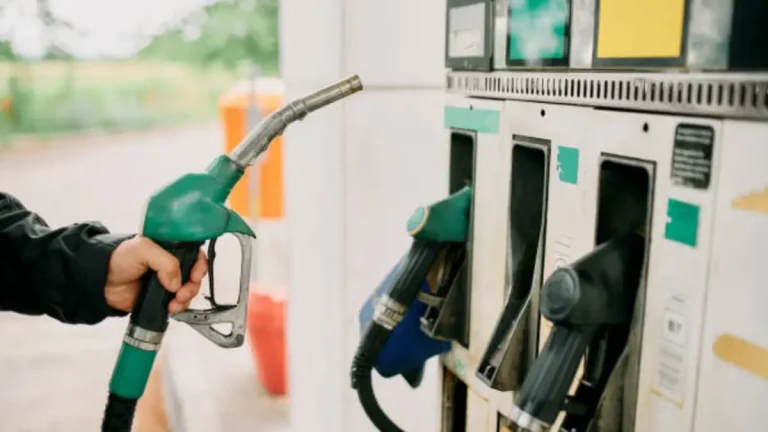South Africa’s petrol price is more than ten times higher than it was in 1995 a rise that far outpaces inflation over the same period and continues to squeeze household budgets.
Thank you for reading this post, don't forget to subscribe!A MyBroadband analysis comparing inland and coastal prices of unleaded 93 petrol between October 1995 and October 2025 reveals just how dramatic the increase has been.
In October 1995, a litre of unleaded 93 petrol cost R1.90 inland and R1.80 on the coast. As of October 2025, the price stands at R21.48 inland and R20.69 on the coast. That represents increases of 1,093% and 1,024%, respectively far higher than the roughly 417% rise in inflation over the same three decades.
How Petrol Prices Changed Over Time
| October 1995 | October 2025 | Change |
|---|---|---|
| Unleaded 93 price inland | R1.90 | R21.48 |
| Unleaded 93 price coast | R1.80 | R20.69 |
| Basic Fuel Price (BFP) | R0.54 | R9.87 |
| Transport, storage, taxes & margins | R1.26 | R11.61 |
| Brent Crude Oil price | $16.70 | $67.95 |
| Dollar-to-rand exchange rate | R3.66 | R17.43 |
What’s Driving the Increase?
The two biggest factors behind the surge in petrol prices are the international oil price and the weakening rand.
In September 1995, a barrel of Brent Crude oil cost $16.70. By September 2025, the price had climbed to $67.95 a 307% increase. During the same period, the rand weakened from R3.66 to R17.43 to the US dollar, increasing the cost of imported oil.
Unlike some oil-producing nations, South Africa does not have its own crude oil reserves. The country must import either crude oil or refined petroleum products, leaving fuel prices vulnerable to international fluctuations and currency depreciation.
Landing Costs Rise Sharply
The Basic Fuel Price (BFP) the cost of bringing fuel into the country jumped from R0.54 per litre in 1995 to R9.87 in 2025, an increase of 1,728%.
This rise far exceeds the increase in the actual oil price and highlights how much more expensive it has become to land fuel in South Africa. Transport, storage, taxes, and retailer margins also saw a sharp climb of 821%.
This suggests that a growing portion of fuel consumed locally is imported in a refined form, partly due to a sharp decline in the country’s refining capacity.
Collapse in Refining Capacity
South Africa’s fuel refining capacity has declined dramatically over the past decade.
- 1994: 563,000 barrels per day
- 2014: 703,000 barrels per day
- 2020: 538,000 barrels per day (despite a 718,000 capacity)
- 2025: 250,000 barrels per day
Three of the country’s six fuel refineries have shut down over the past five years. This decline forces South Africa to rely heavily on imported refined fuel, driving up the overall landing cost.
Rising Demand Meets Shrinking Capacity
While local refining has dropped, demand for petrol and diesel has grown. According to Transnet, 60% of the fuel consumed in 2025 will arrive in refined form through ports compared to just 22% in 2019.
This heavy reliance on imports, combined with volatile global oil prices and a weak currency, has created the perfect storm for higher petrol prices.
With refining capacity low, the rand under pressure, and global oil markets unpredictable, motorists may not see meaningful relief at the pumps anytime soon.
The soaring petrol price highlights South Africa’s vulnerability to external shocks and the impact of limited domestic energy infrastructure on everyday living costs.
Unless refinery capacity is restored or alternative energy solutions are expanded, petrol price hikes will remain a key driver of the country’s rising cost of living.
Related article: Petrol Prices Set to Drop in October




